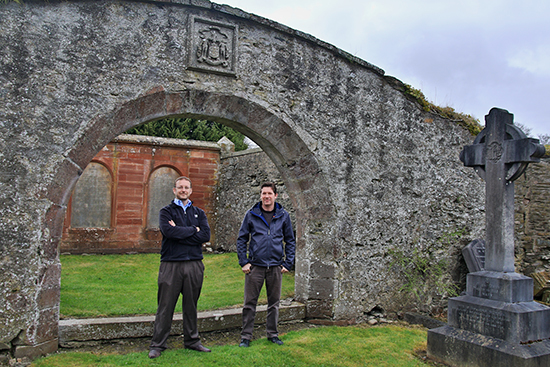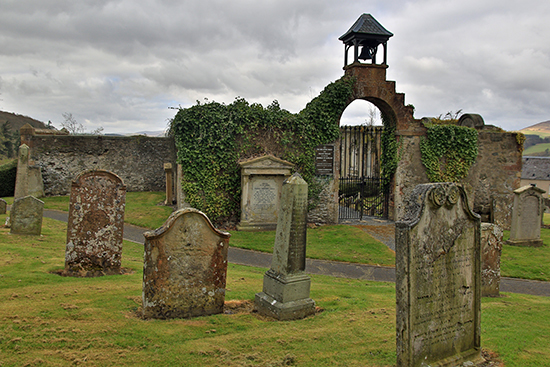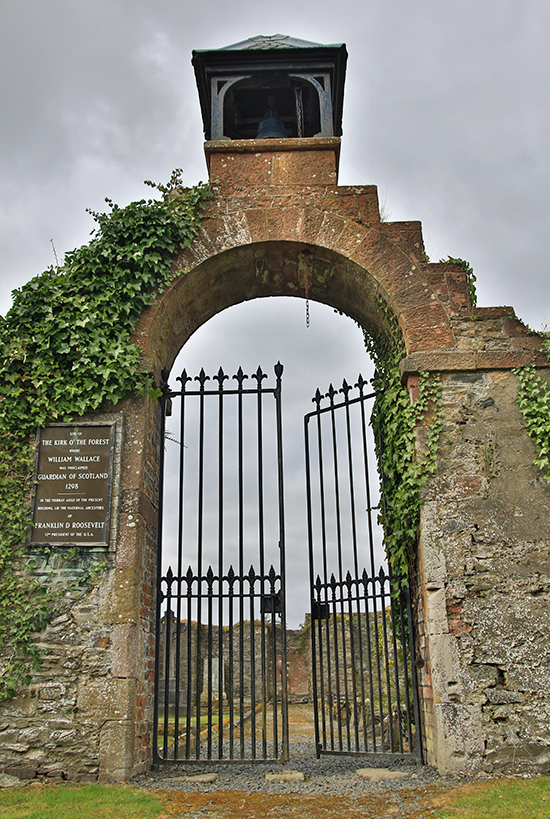Work on a historic Scots building has got underway this week to enable it to reopen to the public.
The Auld Kirk ruin in Selkirk – thought to be where William Wallace was likely to have been made Guardian of Scotland in 1297 – was identified as a priority repair project as part of the Selkirk Conservation Area Regeneration Scheme (CARS) and the repairs to some of the walls of the historic kirk will be funded through the CARS programme.
At the end of last year a small area of the building collapsed, and for safety reasons it was closed to the public.

Repair work got underway this week at the Auld Kirk in Selkirk
As well as rebuilding this area, the upcoming works, which should be complete by the end of March and will be undertaken by specialist local contractors, will target other areas needing urgent repair. Traditional hot lime mortar will be used to point the walls and self-seeding foliage around the walls will also be removed.
A separate package of works to re-erect some of the headstones within the graveyard is being investigated by the Kirk O’ The Forest Heritage Group, a local community group formed to promote enhancement and understanding of this key heritage asset for the town.
Selkirk CARS Project Officer Colin Gilmour said: ‘With Selkirk CARS drawing to a close it is great to see so much activity in the town with repairs and improvements to many historic buildings which will secure them for many years to come.

The Auld Kirk ruin in Selkirk is thought to be where William Wallace was made Guardian of Scotland in 1297
‘The repairs to the Auld Kirk have long been a priority for the programme and it is wonderful to finally see the hard work of many people bear fruit.
‘The impact of the repairs to the Auld Kirk is even more satisfying as the package of works will hopefully allow the gates to the ruin to be reopened, providing both members of the local community and tourists safe access to this historic site.’

Selkirk’s Auld Kirk will be made safe
In 2016 a geophysics study of the Auld Kirk uncovered what appeared to be the underground remains of a medieval church – thought to be where William Wallace had the status conferred upon him.
Dr Chris Bowles, Scottish Borders Council’s archaeologist, commissioned the survey by the University of Durham in conjunction with Selkirk CARS.
TAGS

